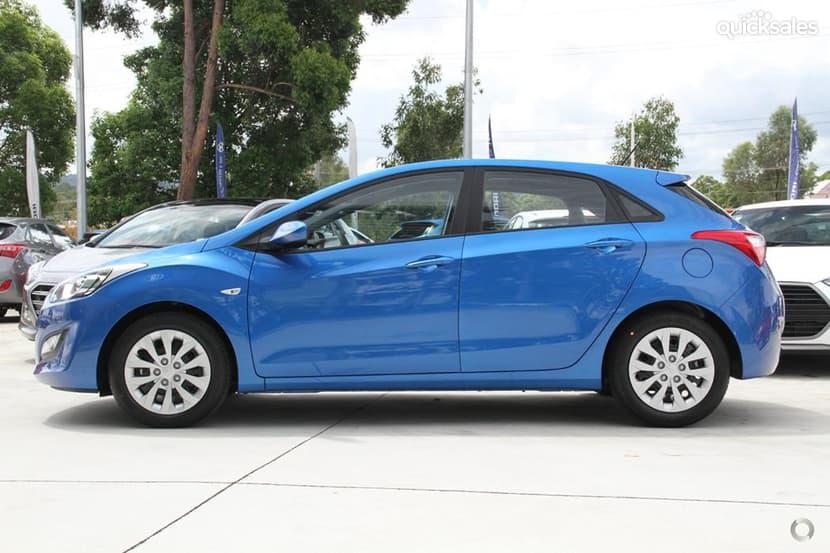automotive websites
What Happens When You Crash Into the End of a Guardrail? – Feature – Car and Driver, Car and Driver Blog
What Happens If You Crash Into the Pointy End of a Guardrail?
Unless they’re nosing into one, most drivers don’t think much about guardrails. But a claimed increase in the number of accidents in which guardrails have punctured cars has recently vaulted the roadside protectors into the news. Fingers are pointed at Trinity Industries, a Dallas, Texas, company that supplies guardrails and other roadside safety installations. The company altered the design of a part it sells nationwide. But, according to one examine, the fresh part is four times as likely as its predecessor to be involved in a fatal accident. Several states across the U.S. have banned further installation of Trinity’s device.
The part in question is an end terminal. When you picture a guardrail, you probably picture a W-beam. These wavy barriers are the most common type of guardrail, resembling a “W” turned sideways when viewed end-on. They’re designed to deform and absorb collision energy without pushing the vehicle back onto the roadway. If struck on its end, a W-beam would slice into a car like a spear. The end terminal is supposed to prevent that. Here’s how three common types of end terminals work—or are supposed to:
ET-Plus
The guardrail-end treatment at the center of the controversy is a device called ET-Plus. It has a blunt face that caps the end of a W-beam guardrail. Developed by the Texas A&M Transportation Institute (TTI) and produced by Trinity under license, the ET-Plus is a vapid steel plate that is designed to slide along the W-beam upon influence, absorbing energy and guiding the rail away from the vehicle in a vapid ribbon. The concern is that the fresh, narrower design might prevent the end terminal from traveling along the rail, and that it would instead tie up and impale cars.
Slotted Rail Terminal
The Slotted Rail Terminal, also developed by TTI, uses horizontal gaps in the W-beam itself that effectively divide the plank into four sections. Upon influence, the slat arches out of the way in a managed manner, absorbing energy.
Wyoming Box-beam End Terminal
The Wyoming Box-beam End Terminal system uses a series of square box-sections instead of W-beams that collapse over one another to absorb energy.
But the best guardrail is always the one that’s never used. “You don’t want to indiscriminately line roadways with guardrail,” says Roger Bligh, a civil engineer with TTI. “If there’s a reasonable runoff recovery area out there, then we want a driver to have that chance rather than striking a guardrail. We generally use a guardrail only when striking it is going to be less severe than striking another obstacle or hazard that might be on the roadside.” Today, virtually everything along major roads, from the slope of drainage ditches to the presence of cushions and breakaway signage, is designed to put the driver back in control of his vehicle long before he hits a guardrail. But if you have to hit one, it’s still best not to do so end-on.
John Cooper Fitch: Safety Stud
Captivating, courageous, rapid, and gracious, John Fitch was the fine American racer. But more significant than his wins at Sebring, drives at Le Stud’s, and development work on early racing Corvettes was his invention of the Fitch Inertial Barrier, those big, yellow impact-absorbing barrels on the highway. They’re not just utter of sand; voids inwards permit the mass to be tailored to control deceleration. The system has saved ems of thousands of lives. Fitch died in two thousand twelve at the age of 95.
